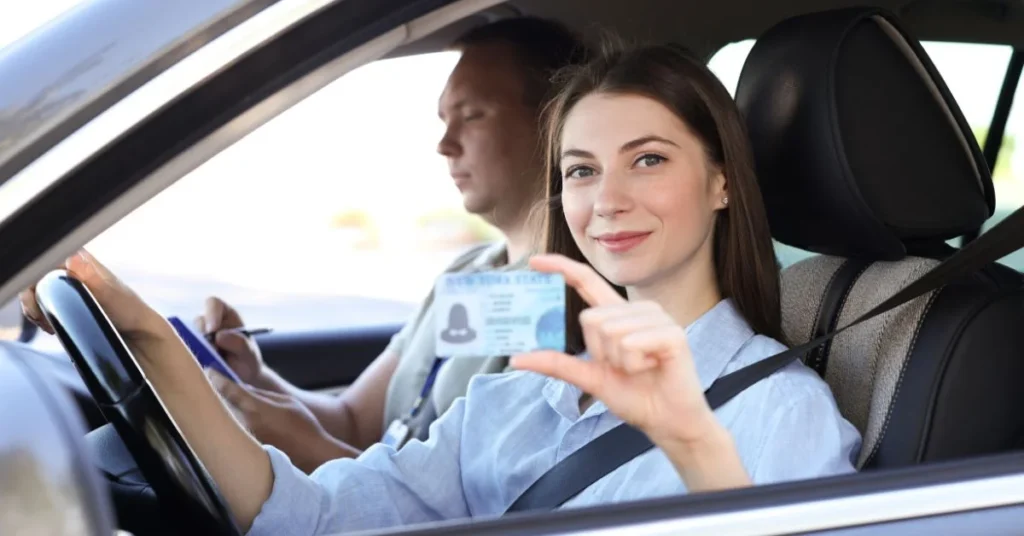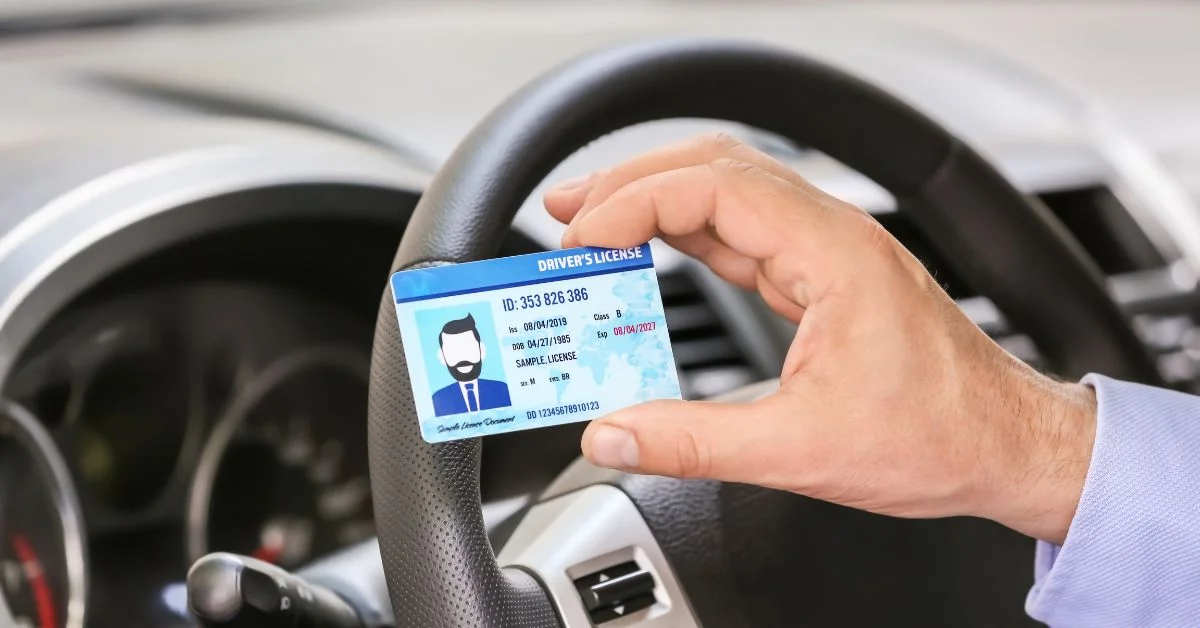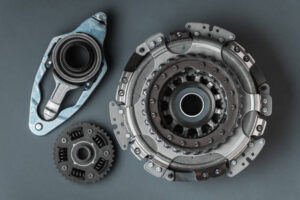If you searched for “Driving Licence PVC Card,” you’re likely wondering what it is, how it differs from the traditional laminated driving licence, and why it’s being adopted nationwide. This article gives you a comprehensive, up-to-date, and reader-friendly explanation of what the PVC driving licence is, how to apply for one, and why this transition is more than just cosmetic—it’s a leap forward in security, portability, and technology integration.
With the increasing need for digitized, tamper-proof identification, governments across India have started issuing driving licences in the form of a PVC (Polyvinyl Chloride) card. Sleek, ATM card-sized, and embedded with modern security features, this card reflects the future of secure personal documents.
What is a Driving Licence PVC Card?
A Driving Licence PVC Card is a smart, credit card–sized licence made from durable polyvinyl chloride material. Unlike the older paper-based or laminated licences, the PVC version is resistant to water, dust, fading, and wear-and-tear.
It is not just about physical durability—this new format supports advanced printing technologies, includes QR codes, holograms, barcodes, and in some states, even NFC (Near Field Communication) chips that allow machine-readable verification.
Why the Shift to PVC Cards?
The introduction of PVC driving licences is part of a larger digitization initiative led by the Ministry of Road Transport and Highways (MoRTH) under India’s Digital India mission.
Key reasons for the switch: Driving Licence PVC Card
- Standardization: PVC cards follow a uniform format across states.
- Security: Embedded features make them difficult to forge or duplicate.
- Durability: They last longer than laminated paper cards.
- Smart Integration: QR codes enable real-time digital verification using DigiLocker or Parivahan Seva apps.
- Portability: Convenient to carry in your wallet, similar to debit or credit cards.
Features of a Driving Licence PVC Card
| Feature | Description |
|---|---|
| Material | Polyvinyl Chloride (PVC) – durable and flexible |
| Size | Standard credit card size (85.60 mm × 53.98 mm) |
| Design | Government-issued with India emblem, hologram, and multicolor printing |
| QR Code | Encodes licence details for instant verification via smartphone apps |
| Smart Elements | Some states include NFC chips for contactless validation |
| Multilingual Format | Usually includes text in English and regional language |
| UV/Barcode Layer | Used for machine-readable data storage |
| Issued by | State RTOs and centralized MoRTH servers |
| Linked to DigiLocker | Can be stored and verified digitally in official digital document lockers |
How to Apply for a PVC Driving Licence
Applying for a PVC Driving Licence in India typically involves one of three scenarios:
- You are applying for a new driving licence.
- You are seeking a duplicate licence due to loss or damage.
- You are upgrading your existing laminated licence to a PVC card.
Step-by-Step Application Process:
For New Applicants: Driving Licence PVC Card
- Visit the Parivahan Sewa portal (https://parivahan.gov.in).
- Choose your state and select ‘Apply for Driving Licence’.
- Fill in the application form and upload documents.
- Pay the application fees.
- Book a slot for the driving test.
- Once you pass, your DL is printed on PVC and sent via post.
For Existing Licence Holders (Upgrade or Replacement):
- Log in to Parivahan Sewa.
- Select ‘DL Services’ → ‘Change/Update DL Details’.
- Choose the PVC Card option if available in your state.
- Pay the nominal fee (usually ₹200–₹500).
- Submit identity proof and an old DL copy (if applicable).
- Your PVC Driving Licence will be printed and posted.

Which States Have Adopted PVC Licence Cards?
As of 2025, most states and UTs have implemented PVC cards under MoRTH’s uniform format policy. Some states like Maharashtra, Delhi, Tamil Nadu, Uttar Pradesh, and Gujarat have also integrated biometric or NFC-based upgrades for commercial licence holders.
If your state still issues laminated licences, you can usually request an upgrade through your local RTO or online portals.
Benefits of the Driving Licence PVC Card
1. Enhanced Security
Forgery of licences has long been a problem. The QR code, UV seals, and smart ID tags make PVC cards highly secure and verifiable.
2. Increased Durability
PVC cards resist: Driving Licence PVC Card
- Water damage
- Sunlight fading
- Bending and tearing
They can last 10+ years with minimal wear.
3. Standard Format
Unlike the earlier licences which varied by state, PVC cards follow a uniform national format—easier for traffic police and verification systems.
4. Supports Digital India
Linked with apps like mParivahan and DigiLocker, the cards support instant digital proof even if the physical copy is not carried.
5. Convenient Size
No more carrying bulky laminated sheets—fits easily in your wallet like any modern ID.
PVC vs Laminated Driving Licence: A Comparison
| Feature | Laminated DL | PVC DL (New Format) |
|---|---|---|
| Material | Paper with lamination | PVC plastic |
| Security | Low | High (QR, hologram, barcodes) |
| Durability | Fragile, prone to tear | Long-lasting and waterproof |
| Size | Often larger, foldable | Credit card-sized |
| Digital Integration | Minimal | Fully integrated with DigiLocker |
| Issue Time | Delayed in some cases | Faster due to online processing |
Is the PVC Card Mandatory?
As of now, existing laminated licences remain valid until their expiry date. However, new and renewed licences are increasingly being issued in PVC format.
You are not required to replace your old licence immediately, but doing so voluntarily may be beneficial due to better durability and digital linkage.
How to Verify the Authenticity of Your PVC Driving Licence
To confirm your PVC DL is valid: Driving Licence PVC Card
- Scan the QR code using the mParivahan app.
- Check for holograms and UV print elements.
- Ensure your name, photo, DL number, and class of vehicle are accurate.
- Match your DL details on the Sarthi Parivahan portal.
Future Developments: Driving Licence PVC Card
The PVC card is just the beginning. Over the next decade, India is expected to introduce fully smart driving licences, which may include:
- Biometric chip integration
- Geo-tracking for commercial drivers
- Driver behavior scoring (telemetry data)
- Multi-purpose use—merged with voter ID, Aadhaar, or insurance details
Common Problems with PVC DL and How to Fix Them
QR Code Not Scanning
- Solution: Visit your RTO and request reprint with updated code.
Name or Address Error
- Solution: Apply online for DL correction under “DL Services.”
Card Not Delivered
- Solution: Use your application number to track shipment via India Post or call RTO helpline.
Real-Life Scenario: Why PVC Driving Licences Matter
Ravi, a resident of Pune, lost his wallet on a road trip. His laminated DL got soaked in the rain and became unreadable. After applying for a duplicate PVC DL, he was surprised to see how compact and tamper-proof the new version was. “Even the cop at the next highway stop had a QR code scanner,” he says. “It took him three seconds to confirm my ID.”
This reflects a broader shift: from paper-based identity to smart, real-time digital verification.
Conclusion: Driving Licence PVC Card
The Driving Licence PVC Card is more than just a format upgrade—it represents India’s larger push toward smart governance, digital security, and public convenience. Compact, secure, durable, and digitally integrated, this card offers numerous benefits over its laminated predecessor.
As India continues to digitize its public services, PVC-based IDs like driving licences, voter IDs, and health cards are becoming the norm. Adopting this format not only future-proofs your identification but also aligns you with a smarter, more secure verification ecosystem.
Whether you’re applying for a new licence or renewing an old one, opting for the PVC format is a smart choice. It’s not mandatory—yet—but its advantages make it highly recommendable.
FAQs: Driving Licence PVC Card
1. Is the PVC Driving Licence accepted everywhere in India?
Yes, it is valid across all states and UTs, just like traditional licences. The QR and digital code make it easier to verify.
2. Can I store the PVC Driving Licence in DigiLocker?
Absolutely. The QR and smart tag make it easy to verify and store digitally. Many traffic cops now accept DigiLocker copies.
3. How long does a PVC Driving Licence last?
Typically 10 years for private vehicle holders and 5 years for commercial ones, unless earlier renewal is required.
4. What is the cost of getting a PVC DL?
Fees vary by state but generally range from ₹200 to ₹500. You can check your RTO’s fee schedule on Parivahan Sewa.
5. Can I get a PVC DL without visiting the RTO?
Yes, most services including upgrades, renewals, and reprints can be done online via Parivahan portal, unless biometric data is needed.
For more information, click here.









